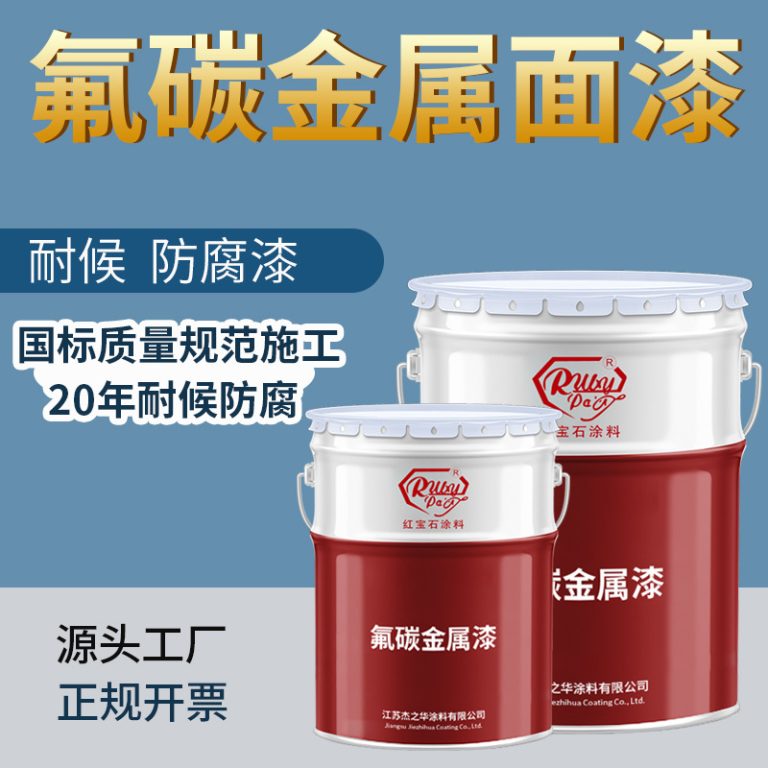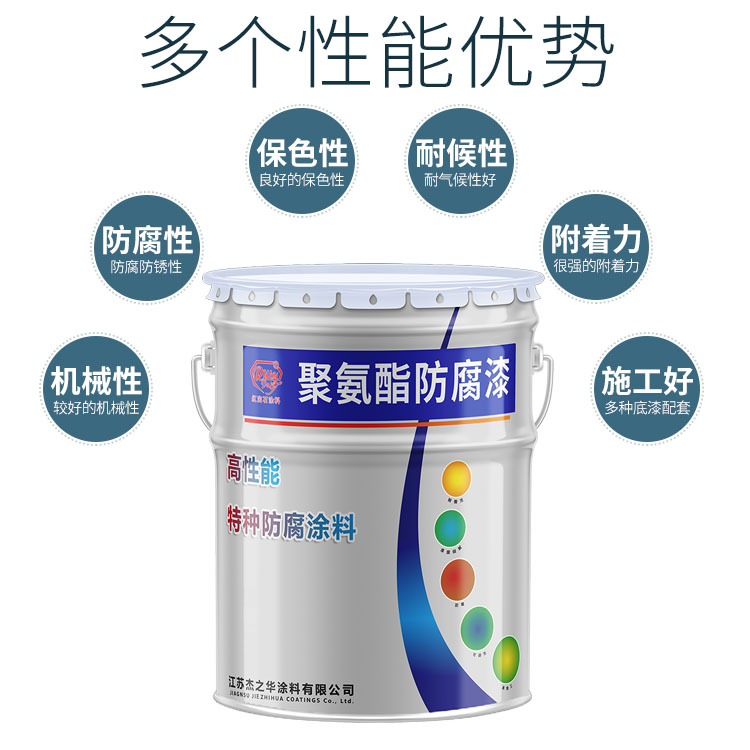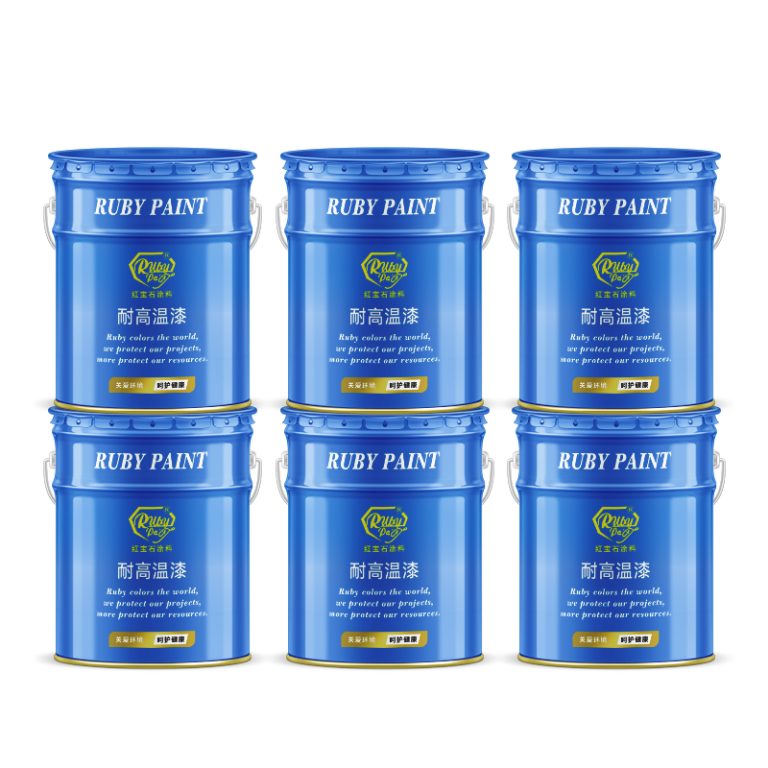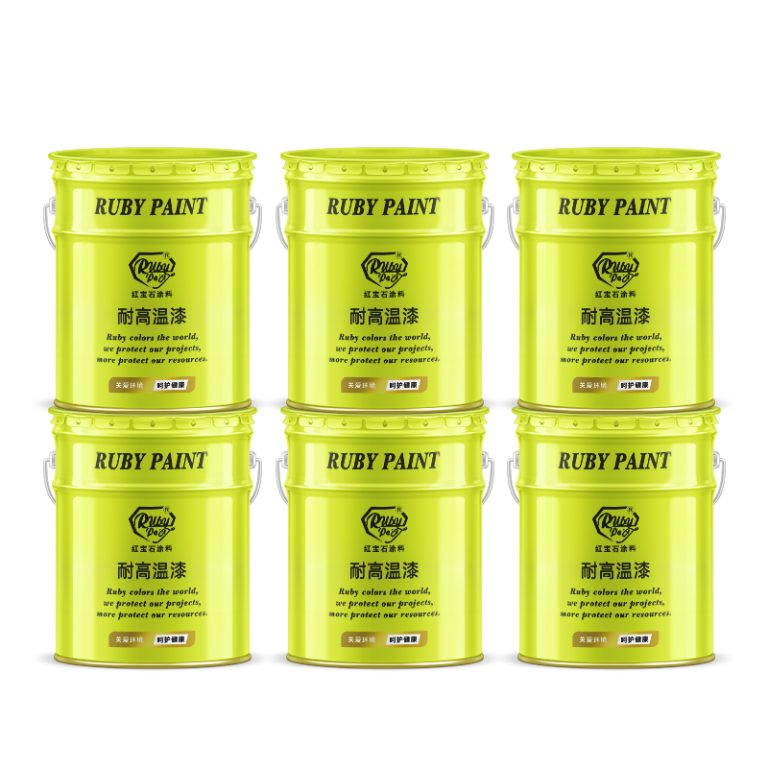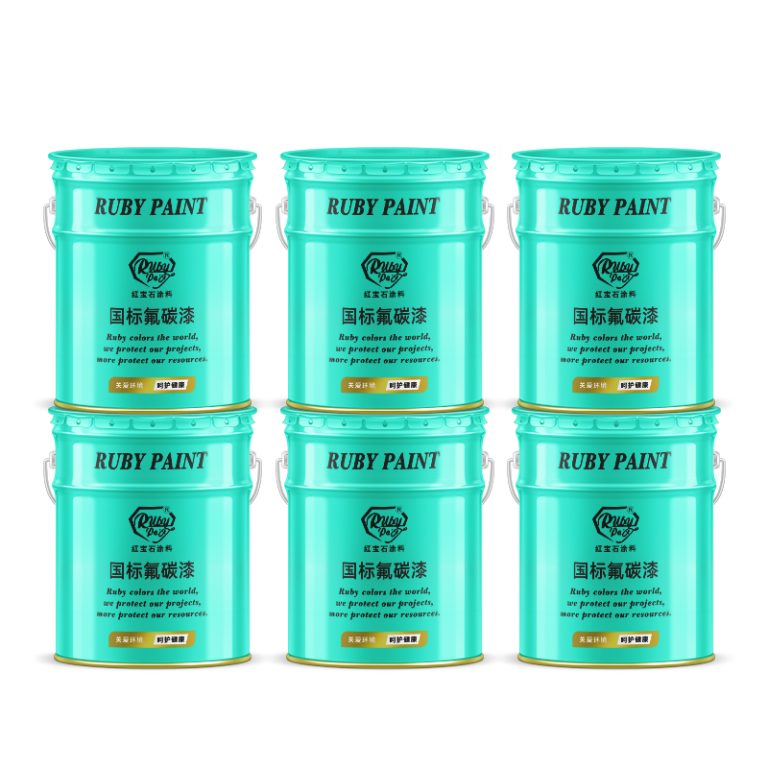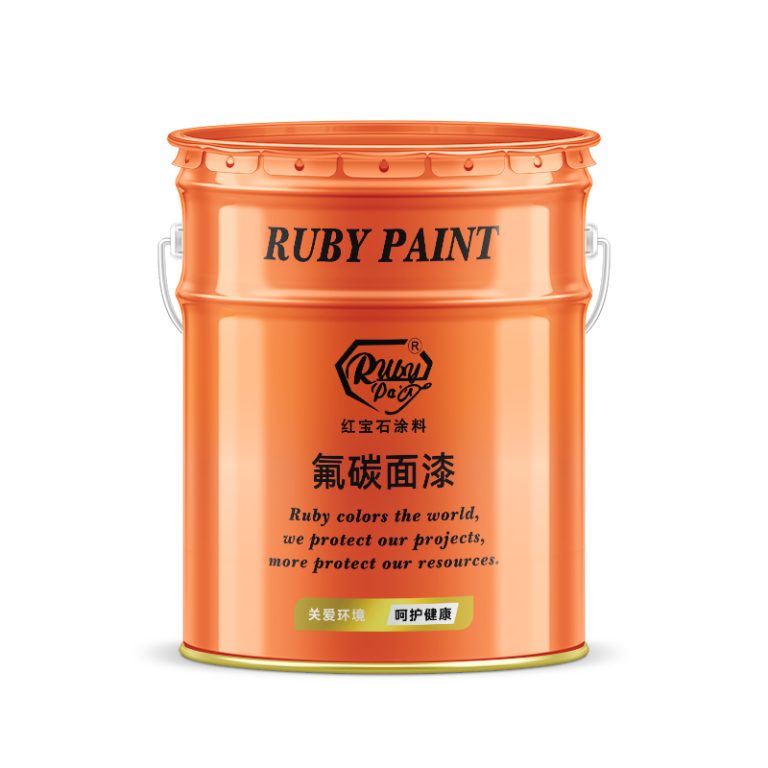Table of Contents
Benefits Of Using Heat Resistant Paint On Light Fixtures
Heat resistant paint is an innovative solution designed to withstand high temperatures, making it an ideal choice for light fixtures. This specialized paint not only enhances the durability of light fixtures but also offers several benefits that contribute to both functionality and aesthetics.
One of the primary advantages of using heat resistant paint on light fixtures is its ability to protect the fixture from heat damage. Light bulbs, especially high-wattage ones, generate a significant amount of heat during operation. Over time, this heat can cause discoloration, warping, or even melting of the fixture’s surface if it is not adequately protected. By applying heat resistant paint, the fixture is shielded from the direct impact of heat, thereby preserving its original appearance and structural integrity.
Furthermore, heat resistant paint helps in extending the lifespan of light fixtures. The protective layer formed by the paint acts as a barrier against environmental factors such as humidity and temperature fluctuations. These elements can accelerate the wear and tear process, leading to premature aging of the fixture. With heat resistant paint, the fixture is better equipped to withstand these conditions, resulting in a longer service life and reduced maintenance costs.
In addition to its protective qualities, heat resistant paint also contributes to the energy efficiency of light fixtures. By reflecting heat away from the fixture, the paint helps maintain a cooler environment around the light bulb. This can lead to a reduction in the overall heat output of the fixture, which in turn decreases the demand on air conditioning systems. As a result, homeowners and businesses can enjoy lower energy bills and a more comfortable indoor climate.
Aesthetically, heat resistant paint offers a wide range of color and finish options to complement any design scheme. Whether you are looking for a glossy finish to add a touch of elegance or a matte finish for a more subdued look, there is a heat resistant paint to suit your needs. This versatility allows for greater creativity in designing light fixtures, enabling them to become focal points in a room or to seamlessly blend with the existing decor.
Moreover, the application of heat resistant paint is a relatively simple process that can be completed with minimal disruption. Most products are designed for easy application, often requiring only a clean surface and a few coats of paint. This makes it a cost-effective solution for both new installations and renovations, as it eliminates the need for more extensive and expensive modifications to accommodate heat-sensitive materials.
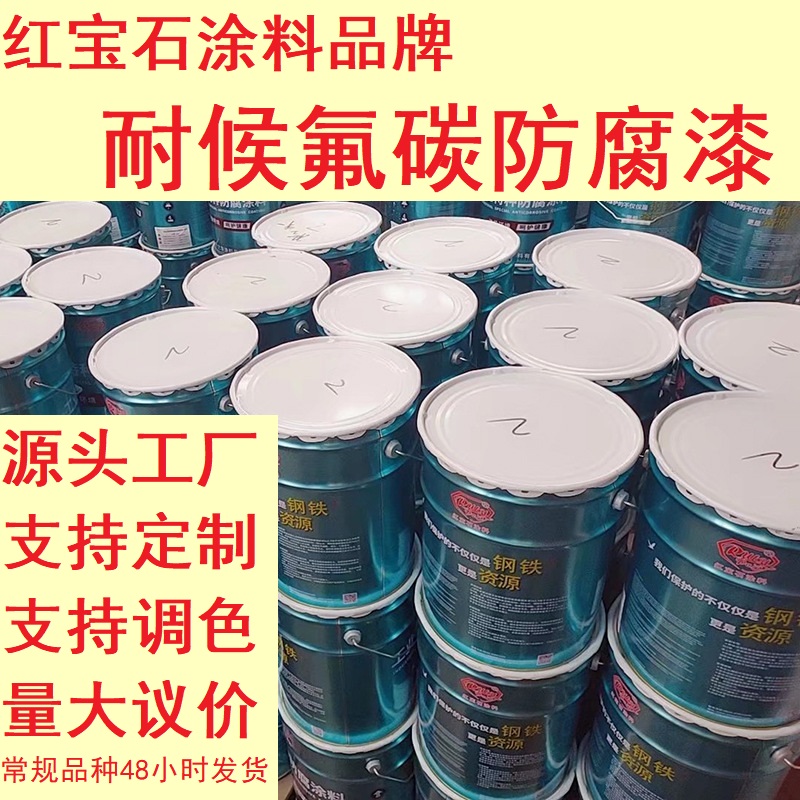
In conclusion, the use of heat resistant paint on light fixtures offers numerous benefits that go beyond mere aesthetics. Its ability to protect against heat damage, extend the lifespan of fixtures, improve energy efficiency, and provide design flexibility makes it an invaluable asset in both residential and commercial settings. By choosing heat resistant paint, property owners can ensure that their light fixtures remain functional, efficient, and visually appealing for years to come.
How To Apply Heat Resistant Paint On Light Fixtures For Maximum Durability
Heat resistant paint is an essential component when it comes to protecting light fixtures from the damaging effects of high temperatures. This type of paint is specifically formulated to withstand extreme heat, making it ideal for use on light fixtures that are exposed to intense heat, such as those near stoves or in industrial settings. Applying heat resistant paint to light fixtures not only enhances their durability but also helps maintain their aesthetic appeal over time.
| Nr. | Name |
| 1 | Fluoracarbon middle paint |
To begin the process of applying heat resistant paint on light fixtures, it is crucial to start with a clean surface. Any dust, dirt, or grease on the fixture can hinder the paint’s ability to adhere properly, leading to a less durable finish. Therefore, take the time to thoroughly clean the light fixture with a degreasing agent or soapy water and allow it to dry completely. If the fixture has any old paint or rust, use sandpaper or a wire brush to remove it, creating a smooth surface for the new paint to bond with.
Once the light fixture is clean and dry, the next step is to apply a primer. A primer serves as a base coat that helps the paint adhere better and provides extra protection against heat. Choose a primer that is specifically designed for high temperatures and compatible with the type of material your light fixture is made of, such as metal or ceramic. Apply the primer evenly, following the manufacturer’s instructions, and allow it to dry thoroughly before proceeding.
After the primer has dried, it is time to apply the heat resistant paint. When selecting the paint, make sure to choose a product that is suitable for the maximum temperature the light fixture will be exposed to. Heat resistant paints are available in various formulations, including spray paint and brush-on options. Depending on the size and shape of the light fixture, choose the application method that will provide the most even coverage.
When applying the heat resistant paint, it is important to work in a well-ventilated area and use protective gear, such as gloves and a mask, to avoid inhaling any fumes. Start by applying a thin, even coat of paint, making sure to cover all surfaces of the light fixture. Avoid applying the paint too thickly, as this can lead to drips and an uneven finish. Allow the first coat to dry completely, according to the manufacturer’s instructions, before applying a second coat if necessary.
Once the final coat of heat resistant paint has dried, it is essential to cure the paint to achieve maximum durability. Curing involves exposing the painted light fixture to heat, which helps the paint harden and become more resistant to high temperatures. Follow the manufacturer’s instructions for curing, which may involve using a heat gun or installing the light fixture and turning it on for a specific period.
| Number | Name |
| 1 | Fluoracarbon finish paint |
By following these steps, you can successfully apply heat resistant paint to your light fixtures, ensuring they are protected from heat damage and remain visually appealing for years to come. Remember, the key to achieving a durable and high-quality finish is proper preparation, careful application, and adequate curing. With the right approach, your heat resistant painted light fixtures will stand the test of time and continue to illuminate your space beautifully.

